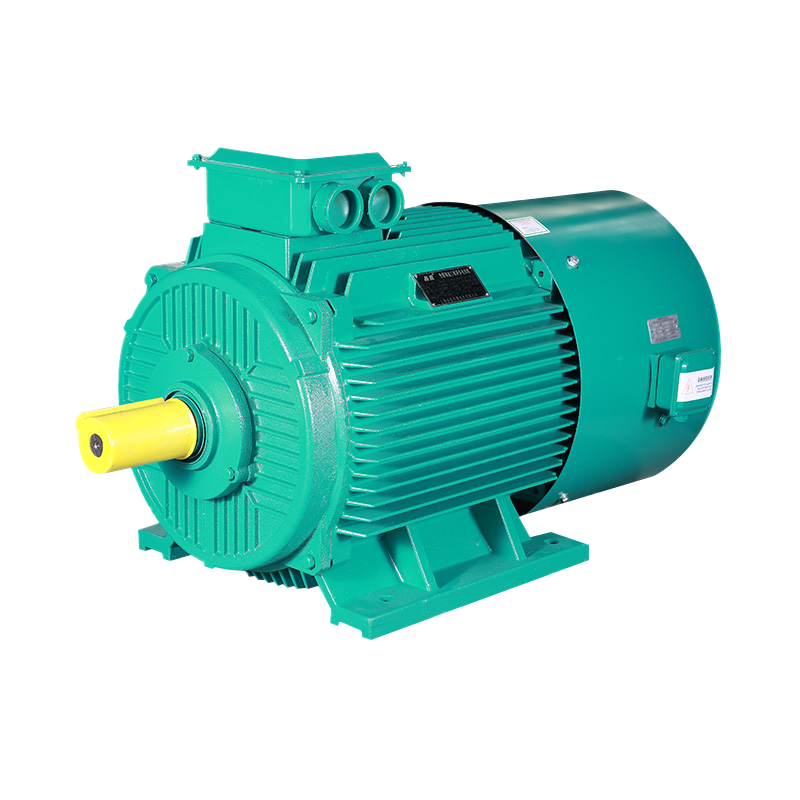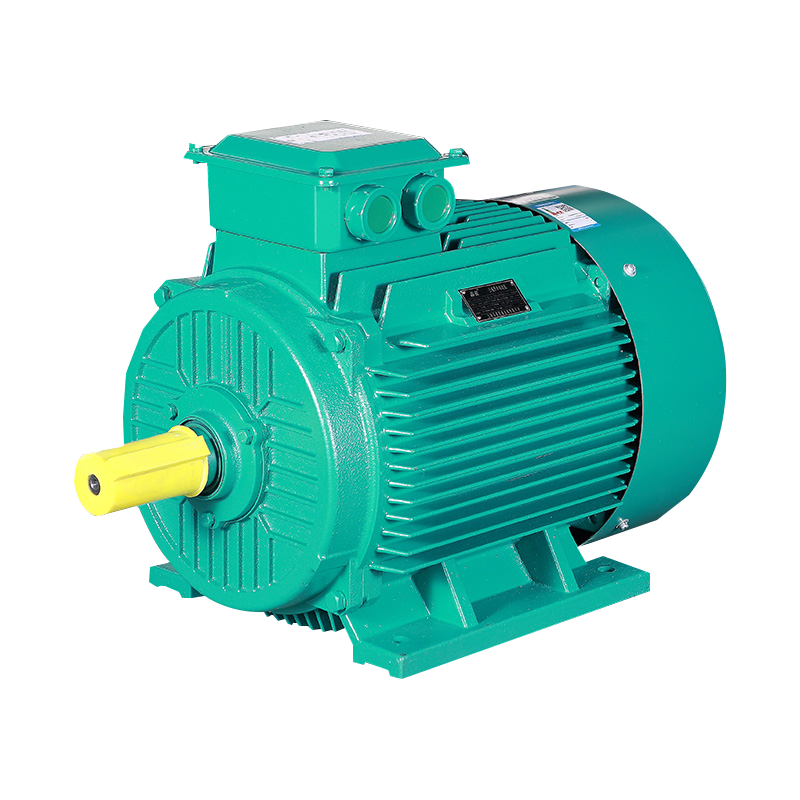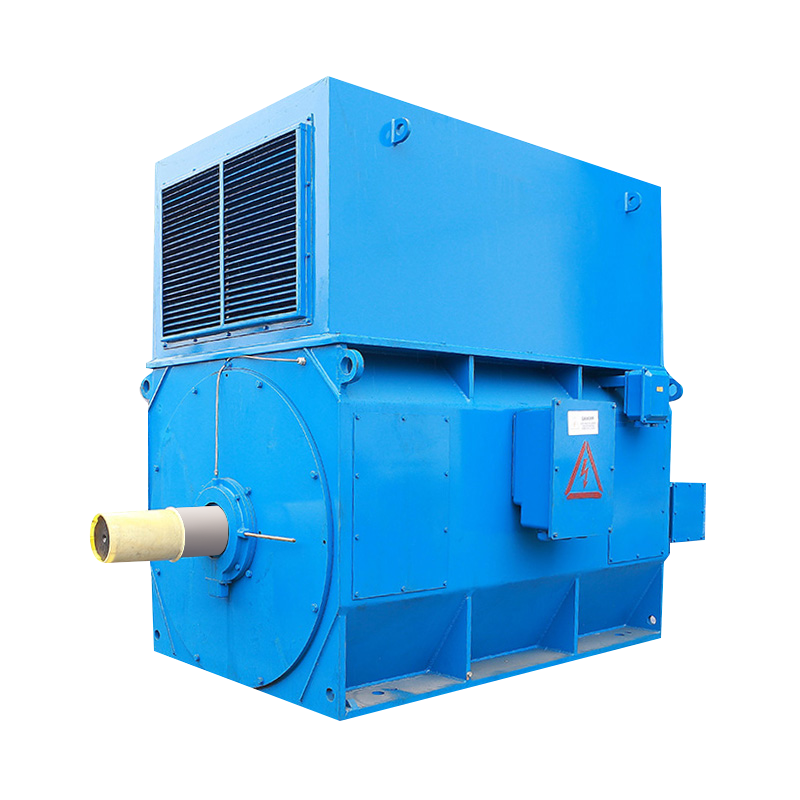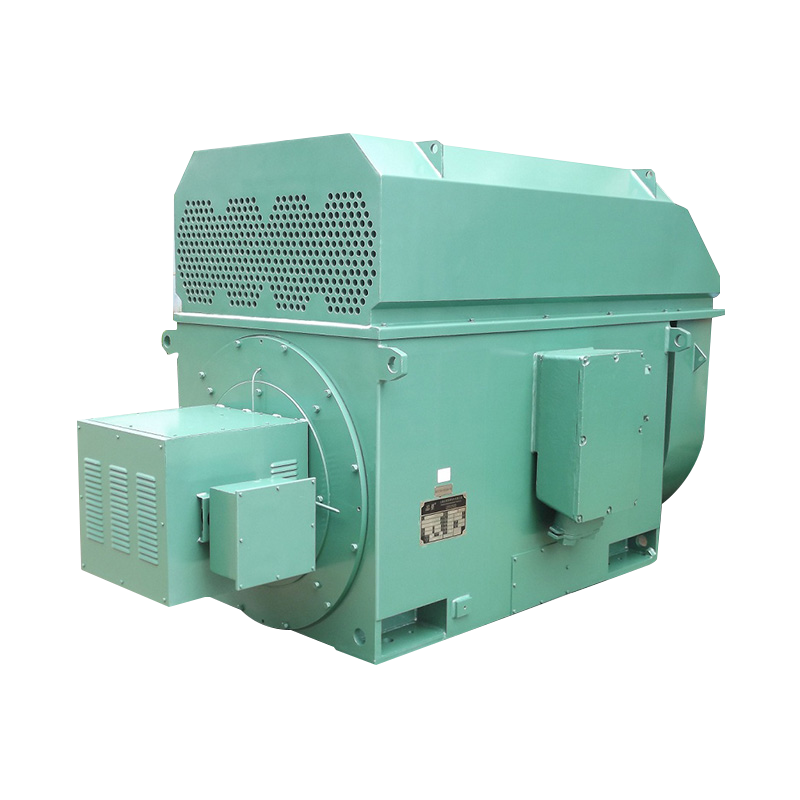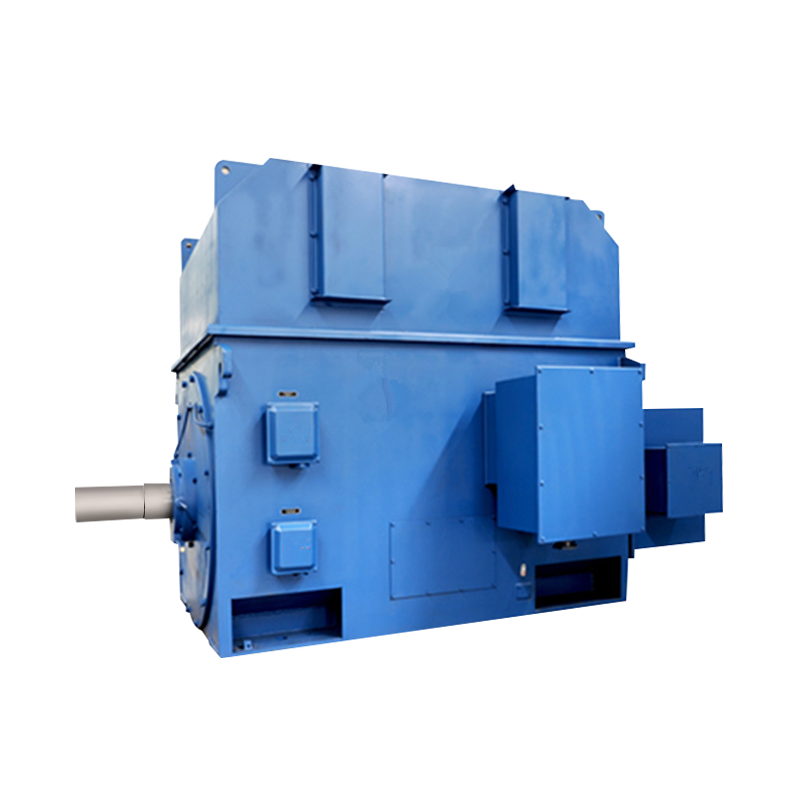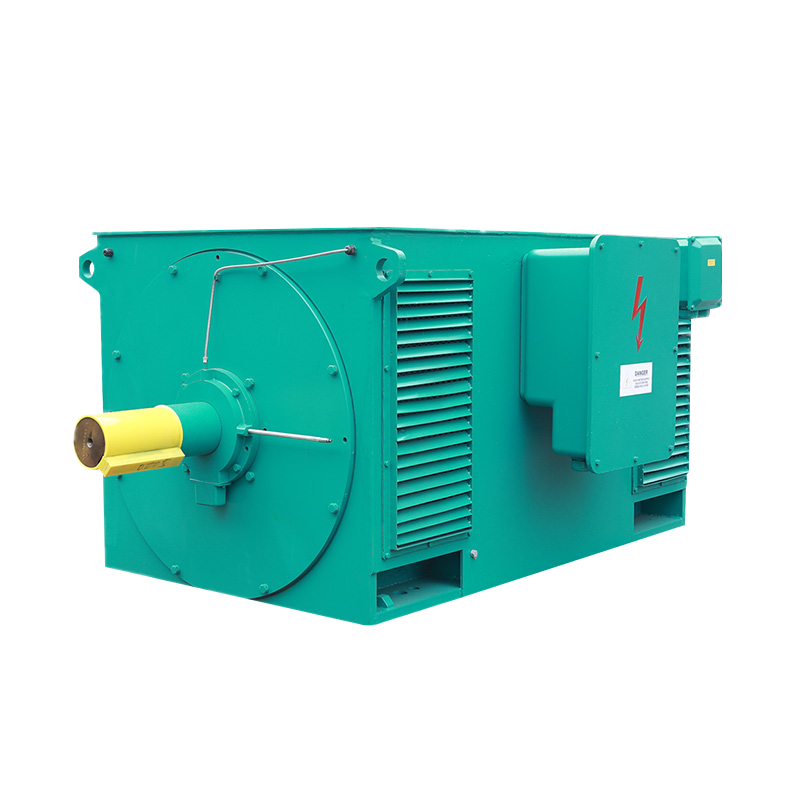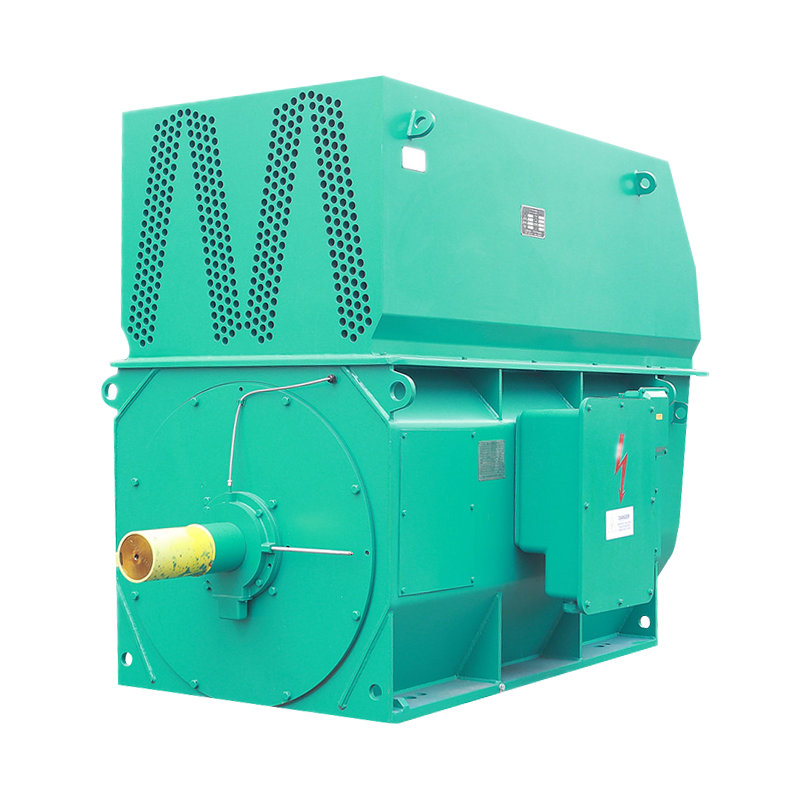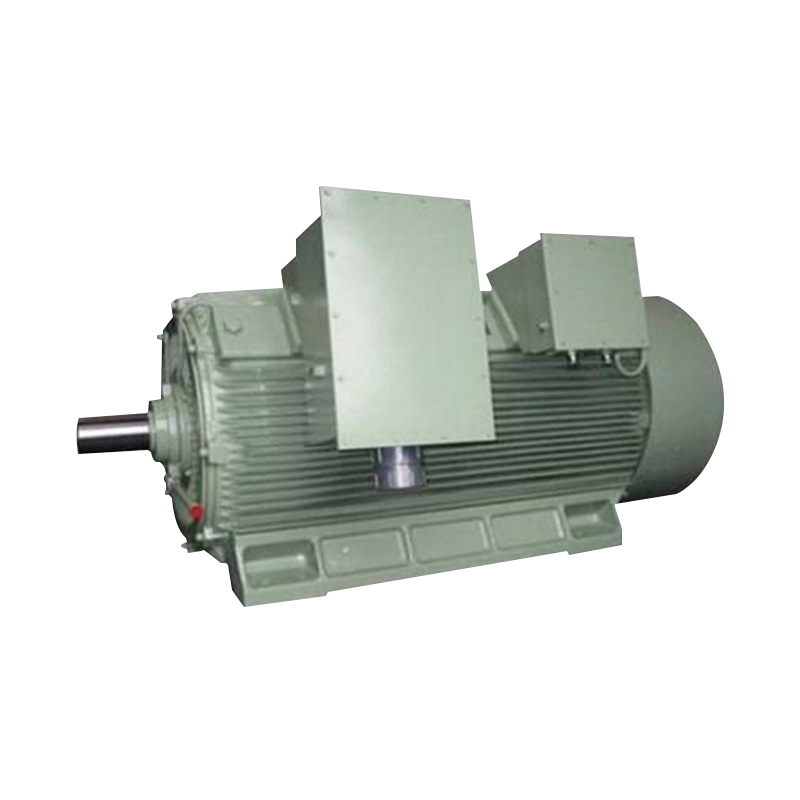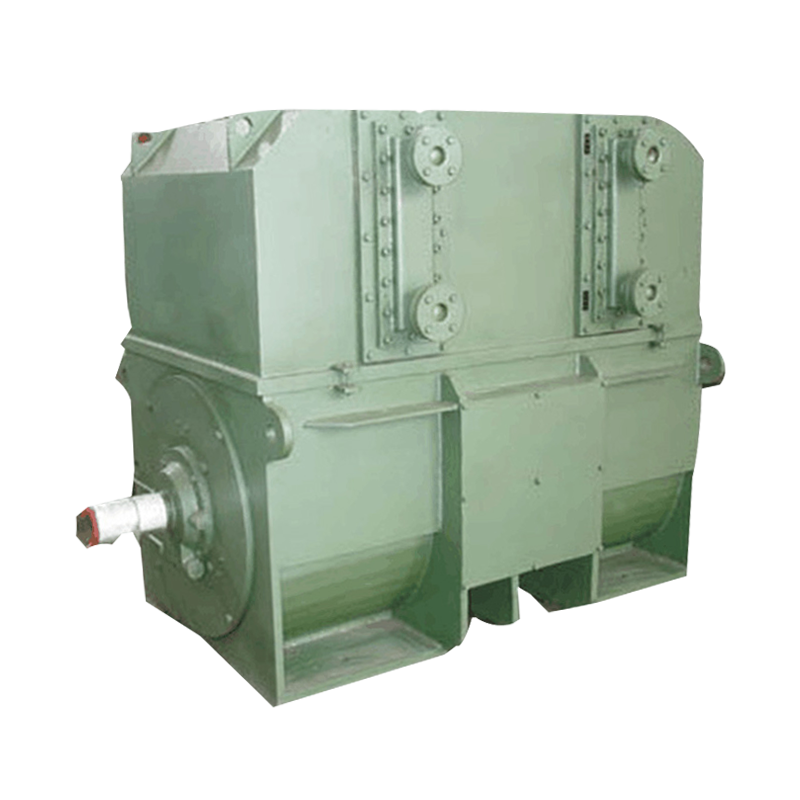How does a wound rotor motor meet the large starting torque requirements of the equipment?
In building materials production equipment, how does a wound rotor motor meet the large starting torque requirements of the equipment and achieve efficient speed regulation?
In building materials production equipment, a wound rotor motor (Wound Rotor Type Motor) meets the large starting torque requirements and achieves efficient speed regulation through the following methods:
Rotor resistance adjustment:
Method: During the starting process of a wound rotor motor, the starting current and torque are controlled by connecting an adjustable resistor in the rotor circuit. Higher rotor resistance can reduce the starting current while increasing the starting torque.
Advantages: This method can start smoothly, reduce the impact on the power grid, and provide high starting torque.
Multi-stage starting resistance:
Method: Use multi-stage starting resistance, that is, gradually reduce the rotor resistance during the starting process and increase the speed step by step.
Advantages: Multi-stage starting can further smooth the motor starting process, reduce mechanical impact and electrical stress, and adapt to the needs of large starting torque.
Automatic control system:
Method: Use an automatic control system to monitor the operating status of the motor in real time, and automatically adjust the rotor resistance and motor speed according to the load conditions.
Advantages: The automatic control system can achieve precise speed regulation and starting control, and improve the overall efficiency and operating reliability of production equipment.
Rotor resistance short-circuiting device:
Method: After the motor reaches a stable operating speed, the rotor resistance is completely short-circuited through the short-circuiting device, so that the motor can continue to work with lower operating losses.
Advantages: After short-circuiting the rotor resistance, the operating efficiency of the motor can be improved, energy loss can be reduced, and good speed regulation performance can be maintained.
Regular maintenance and optimized design:
Method: Regularly check and maintain the rotor winding, brushes and resistance device to ensure that they are in good condition; optimize the motor design to improve its heat dissipation and durability.
Advantages: Good maintenance and optimized design can extend the service life of the motor and improve its operating reliability and efficiency.
Implementation plan
Starting stage:
Initial start: In the initial starting stage, high resistance is connected to limit the starting current and provide high starting torque.
Gradual adjustment: As the speed increases, the rotor resistance is gradually reduced to ensure smooth acceleration.
Operation stage:
Stable operation: After reaching the target speed, the rotor resistance is short-circuited to reduce the motor operating loss and improve efficiency.
Load regulation: During operation, the rotor resistance is adjusted in real time through the automatic control system to adapt to load changes and achieve efficient speed regulation.
Through the above method, the wound rotor motor can not only meet the large starting torque requirements in building materials production equipment, but also achieve efficient speed regulation to ensure the smooth and efficient operation of the production equipment.





 English
English русский
русский Français
Français عربى
عربى
